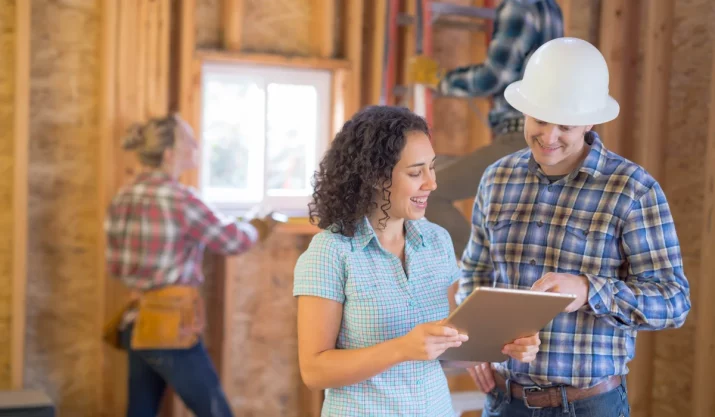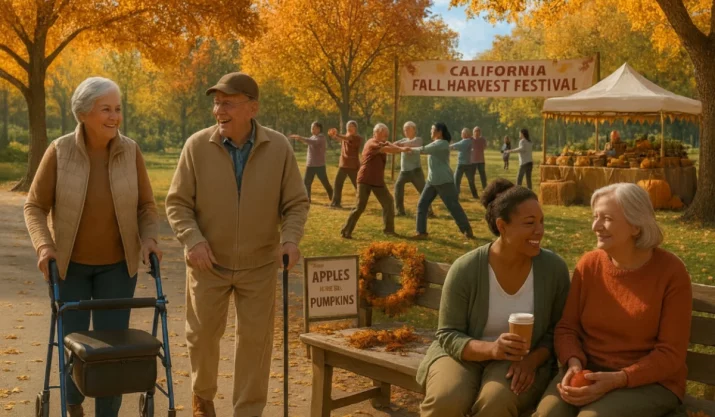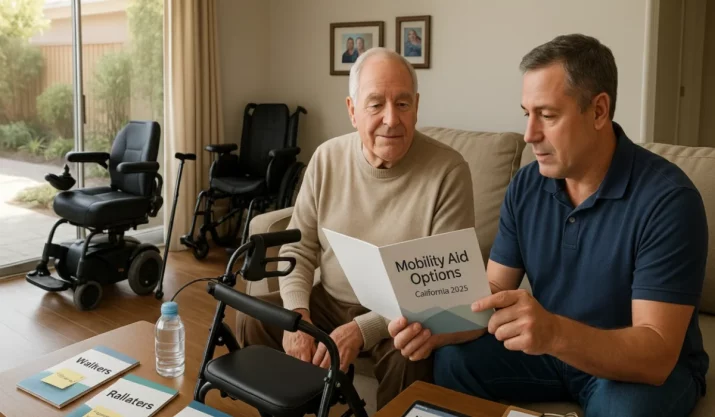Designing for All Ages: Creating a Home That Adapts to Your Changing Needs

Table of Contents
- Key Takeaways
- Start With a Layout That Works for Everyone
- Make Entries and Flooring Safer
- Update Bathrooms for Safety and Ease
- Make the Kitchen More Accessible
- Improve Lighting for Better Visibility
- Use Stairlifts or Elevators to Stay Mobile
- Add a Medical Alert System for Emergencies
- Get Expert Help to Plan Ahead
- Want to Stay in the Home You Love? We Can Help
Getting older is something we all go through, whether it’s happening to you or someone you care about. In California, many older adults want to keep living in their own homes.
To do that safely, homes need to work for people at every age and ability level. With smart home tools and simple home modifications, aging in place is more possible than ever.
Here’s how to make your current home safer and easier to live in, now and later.
Key Takeaways
- A good home layout with wide spaces and a downstairs bedroom helps avoid stairs and supports aging in place.
- Safer entries, smooth flooring, grab bars, and walk-in showers reduce falls and help with home care needs.
- Accessible kitchens, better lighting, stairlifts, and medical alert systems support daily tasks and independent living for older adults.
- Local programs, nonprofit groups, and health plans can help with home changes, long-term care, and expert planning support.
Start With a Layout That Works for Everyone
A good home design starts with space. Wide hallways, open rooms, and single-level living make it easier for everyone to move around, especially people who use walkers or wheelchairs.
If you’re remodeling, think about turning a downstairs room into a bedroom. That way, you or a family member won’t need to use stairs later on. This can also help avoid moving into assisted living or a nursing home down the line.
Make Entries and Flooring Safer
Steps at the front door can be a real problem for older people or anyone with a disability.
A no-step entrance is easier for everyone, including parents with strollers or delivery workers. Inside, use flooring that’s level from room to room.
This lowers the risk of falls and trips. These changes also help with home safety for those who use home health or in-home care services.
Update Bathrooms for Safety and Ease
Bathrooms can be risky. Slippery floors and high tubs cause many falls. Adding grab bars and handrails in key spots, like by the toilet and in the shower, can help a lot.
Walk-in showers with seats and non-slip floors are also great choices. These changes support independent living and make things easier for caregivers, too.
Some health care plans, like Medicare or Medicaid, might help cover the cost of these upgrades.
Make the Kitchen More Accessible
Cooking gets harder as we age, especially for people with arthritis, poor vision, or limited balance. Lower counters, easy-to-use handles, and pull-out drawers can help.
Appliances with big buttons and front controls are also safer. These changes support activities of daily living and let older homeowners stay more independent. They also reduce the stress on care managers or family members who help with home care.
Improve Lighting for Better Visibility
As we get older, our eyes need more light.
Bright lighting makes everyday tasks easier and helps prevent falls. Use bright, layered lighting in the kitchen, hallways, and bathroom. Motion-sensor lights are a great smart home tool for nighttime safety.
Better lighting improves well-being and makes life easier for both older Americans and their loved ones.
Use Stairlifts or Elevators to Stay Mobile
If your home has stairs, they can become a problem as you age. An indoor stairlift can help you get up and down safely. For homes with multiple levels, a home elevator might be a good fit, too.
Both options are much safer than trying to use stairs with limited mobility.
AARP and other nonprofit groups say these support services can help people avoid moving out of their homes too soon.
Add a Medical Alert System for Emergencies
Medical alert systems are more than just emergency buttons. Many now include GPS tracking, fall detection, and links to your healthcare provider.
This lets older adults live independently while still staying connected to family members or health care teams. These systems also give peace of mind to caregivers and support healthy aging.
Get Expert Help to Plan Ahead
You don’t have to figure it all out alone.
In California, your local area agency on aging can help. They often provide free home safety checks and connect you with trusted contractors.
You can also reach out to nonprofit groups that focus on geriatric care, home health, or support for people with disability. These services can help you plan for the future and improve your quality of life.
Want to Stay in the Home You Love? We Can Help
If you’re planning to age in place or helping a loved one do the same, California Mobility is here to support you. We install stairlifts and other home safety upgrades that help older adults live comfortably and safely in their own homes.
Whether you’re thinking about long-term care, dealing with a new health issue, or just planning, we’ll help you find the right solution for your needs.
Let’s talk about how your home can change with you.






